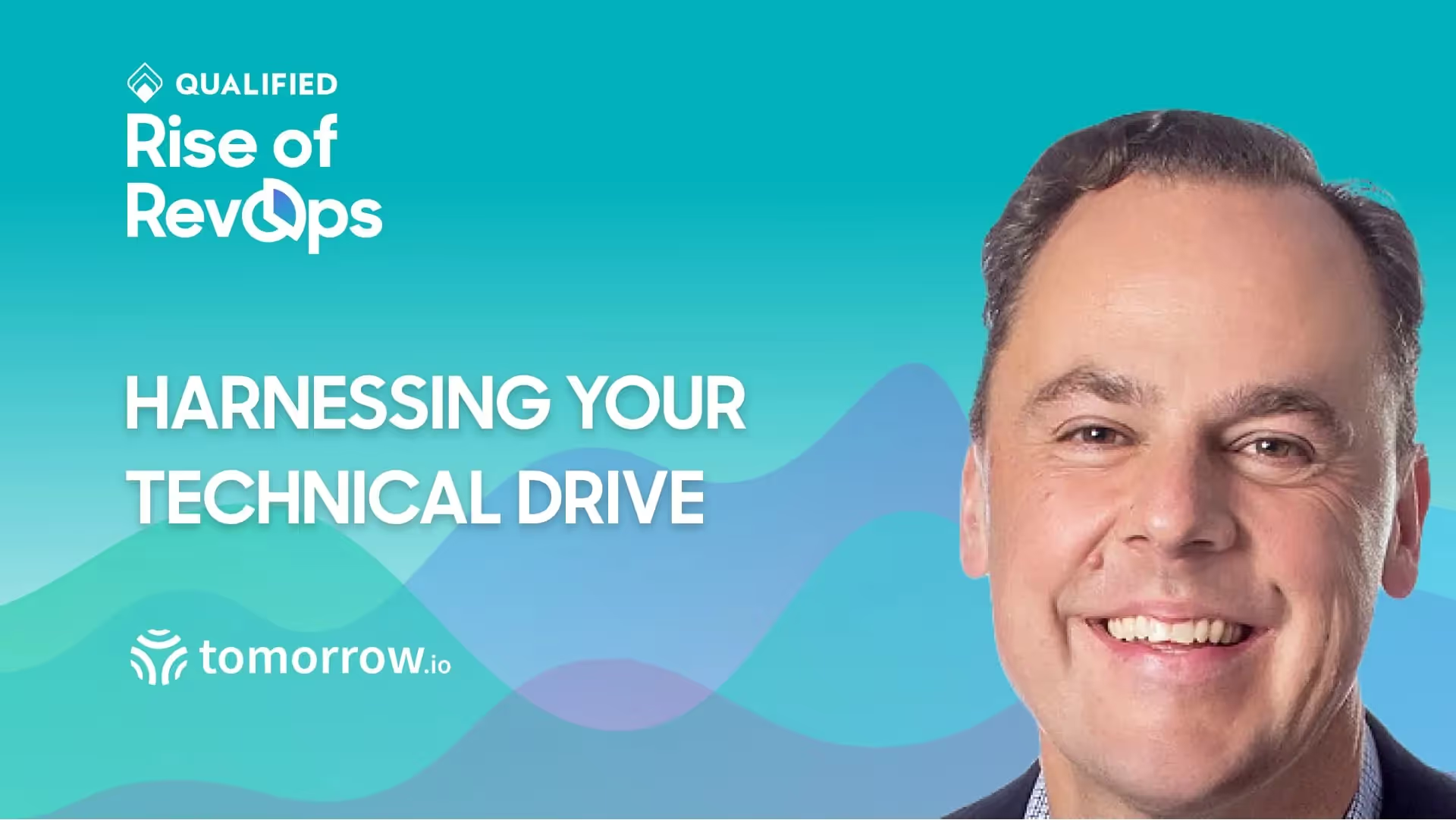Harnessing Your Technical Drive
On this episode, we talk to Adam about optimizing your go-to-market strategy, aligning on the meaning of opportunity, and harnessing your technical drive.




On this episode, we talk to Adam about optimizing your go-to-market strategy, aligning on the meaning of opportunity, and harnessing your technical drive.

In this episode, we talk to Adam Clay, Chief Revenue Officer at Tomorrow.io, about optimizing your go-to-market strategy, aligning on the meaning of opportunity, and harnessing your technical drive.
Key Takeaways
Stay up to date with weekly drops of fresh B2B marketing and sales content.
On this episode, we talk to Adam about optimizing your go-to-market strategy, aligning on the meaning of opportunity, and harnessing your technical drive.


In this episode, we talk to Adam Clay, Chief Revenue Officer at Tomorrow.io, about optimizing your go-to-market strategy, aligning on the meaning of opportunity, and harnessing your technical drive.
Key Takeaways
Stay up to date with weekly drops of fresh B2B marketing and sales content.
On this episode, we talk to Adam about optimizing your go-to-market strategy, aligning on the meaning of opportunity, and harnessing your technical drive.


In this episode, we talk to Adam Clay, Chief Revenue Officer at Tomorrow.io, about optimizing your go-to-market strategy, aligning on the meaning of opportunity, and harnessing your technical drive.
Key Takeaways
Stay up to date with weekly drops of fresh B2B marketing and sales content.
On this episode, we talk to Adam about optimizing your go-to-market strategy, aligning on the meaning of opportunity, and harnessing your technical drive.



In this episode, we talk to Adam Clay, Chief Revenue Officer at Tomorrow.io, about optimizing your go-to-market strategy, aligning on the meaning of opportunity, and harnessing your technical drive.
Key Takeaways
Discover how we can help you convert more prospects into pipeline–right from your website.